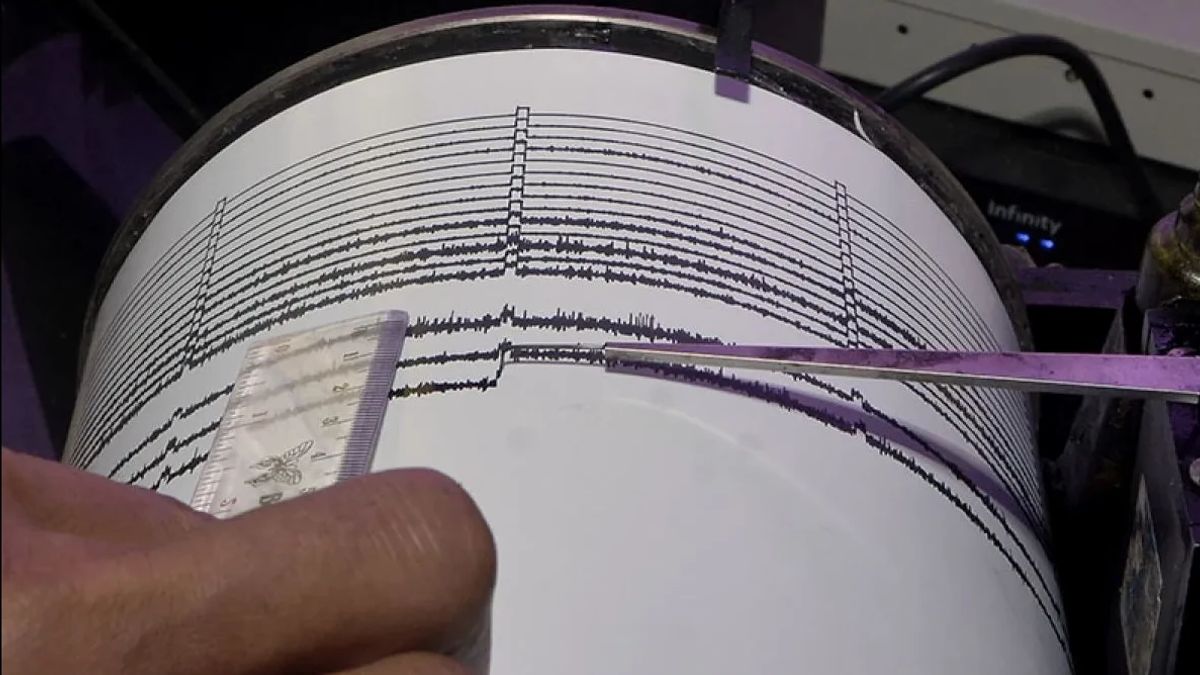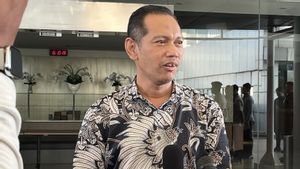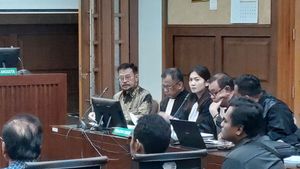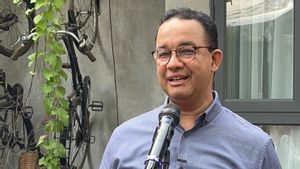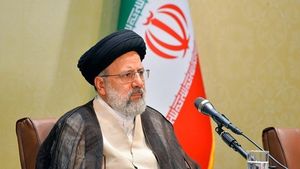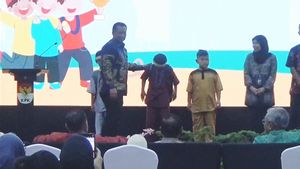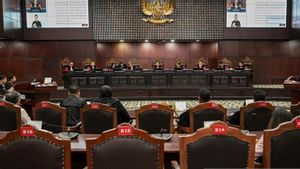JAKARTA - The Meteorology, Climatology and Geophysics Agency (BMKG) admits that it continues to improve the early warning system learning from past disaster experiences, including the tsunami in Palu, Central Sulawesi (Central Sulawesi) in 2018, which occurred in a very fast period.
"From that incident, we then further strengthen the sensor network [the earthquake]. Before 2019, our sensors were only around 170 sensors spread across Indonesia. Then until 2024 there was a significant addition of sensors so that until now we have more than 500 earthquake sensors spread throughout Indonesia," he said. In an online discussion of the National Research and Innovation Agency (BRIN) followed from Jakarta, Tuesday, May 21, confiscated by Antara.
With the addition of the number of sensors, he said, the ability to detect earthquakes for early warning systems will work better, because these sensors not only detect large magnitude earthquakes but also those at local levels or on a smaller scale.
In addition, with Presidential Regulation Number 93 of 2019 concerning Strengthening and Development of Earthquake Information Systems and Tsunami Early Warning, it encourages data integration with other institutions including the Center for Volcanology and Geological Hazard Mitigation (PVBMG) to monitor volcanic activity in the sea that has the potential to cause a tsunami.
SEE ALSO:
He also ensured that the BMKG continued to increase efforts to spread information from the early warning system, including installing the New Generation Warning Receiver System (WRS) in 500 locations including in the offices of the Regional Disaster Management Agency (BPBD).
"On the other hand, we are also strengthening tsunami modeling in the tsunami early warning system. Before 2023, we had 18 thousand tsunami modeling scenarios, now we have developed more than 20 thousand tsunami scenarios," he said.
He also emphasized that the BMKG developed a tsunami hazard map for risk studies submitted to regional heads to encourage understanding the dangers of tsunamis in their respective regions.
The English, Chinese, Japanese, Arabic, and French versions are automatically generated by the AI. So there may still be inaccuracies in translating, please always see Indonesian as our main language. (system supported by DigitalSiber.id)
